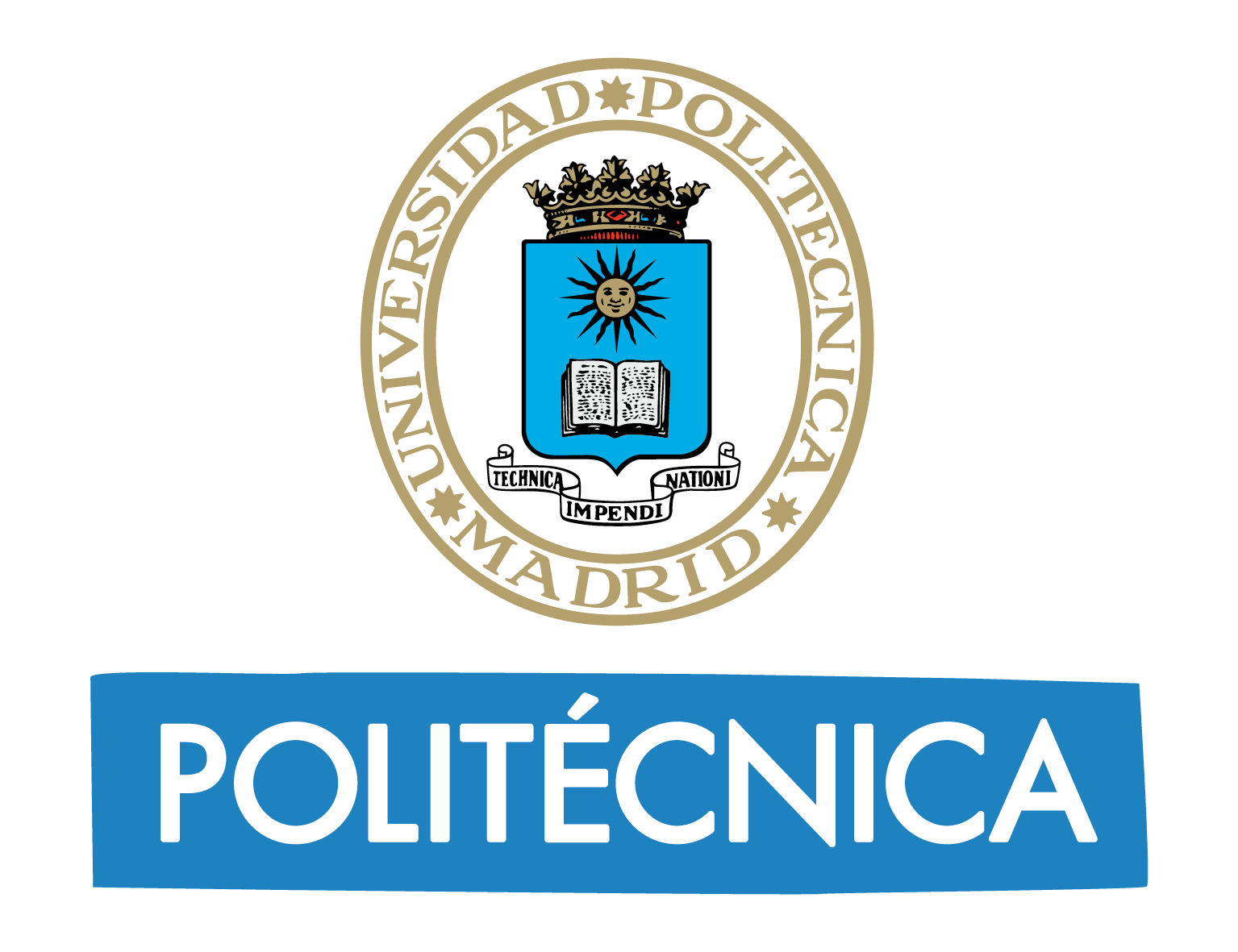In Papua, forests offer more economic benefits than oil palm plantations, research finds
This article is part of a series to commemorate International Day of Forests on March 21.
Promising revenues from the palm oil industry has lured Indonesia, Southeast Asia’s largest economy, to sacrifice its forest areas for oil palm plantations across the country.
Latest data shows Indonesia turns around 242,857 hectares of forest per year into oil palm plantations since 1990. This is approximately four times the size of Jakarta, the capital city.
Forests in Indonesia’s easternmost island Papua, account for a third of the country’s total forest areas, or around 30 million hectares
Forest clearing for oil palm plantations has begun in Papua to take advantage of the booming palm oil industry.
However, our research finds that the government would benefit more if they maintain forest areas in Papua rather than turn them into oil palm plantations.
Our calculation shows that Indonesian government can gain $3,795.44 per hectare per year in economic benefits for keeping its forest areas, compared to only $2,153 per hectare per year when the forests turn into oil palm plantations.
How nature brings more economic benefits
Oil palm plantations may improve people’s standards of living in remote areas.
In Papua, we find that oil palm plantation has improved infrastructure, improved people’s life expectancy (health) and their access to education.
Local people also can get entrepreneurial skills from palm oil companies.
Our study in Papua finds that each family has the chance to hone their trading skills from selling oil palm crops to companies during harvest time. These companies distribute four hectares of land and financial aid for each family to set up a palm plantation.
However, such benefits are less than what the forest can offer.
Our research finds forest can bring economic benefits in the forms of food, water, wood and medicine supply.
We calculate these economic benefits by calculating the values of each forests’ commodities from interviews with local people.
From the interviews, we find that each person can get at least Rp2 million (US$125) per month in economic benefits from accessing wood, food, water and medicine in the forest.
Adding to the calculation are benefits from the forest for the ecosystem. One example is the values on how much the forest can contribute to slowing down climate change.
Another priceless thing is the forests’ biodiversity richness and its abundant genetic resources.
Half of the native species in Papua will disappear forever if they cut down the forests. If they are lost, we will never be able to recover them.
Aside from assessing the economic aspect, we also evaluate the environmental aspects of land use.
For assessing the environmental aspects of oil palm plantations, we also take into account whether the areas being used meet the high European standards.
The European standards only recognise palm oil products from marginal areas with intensive agriculture activities. Therefore, oil palm plantations located in forests and peatlands do not count. This explains why the values of forests are much higher than the benefits offered by the plantations.
Suggestions
The palm oil industry is not really a problem as it can provide economic benefits.
One of its derivative products like biodiesel can promote greenhouse emission reduction and energy dependency.
However, the government should conduct comparative environmental and economic assessments on losses and benefits that people gain from both forests and oil palm plantations.
New oil palm plantations should not be set up if all assessments, economic, environmental and social assessments, are not feasible.
Pablo J. Acosta García.PhD Student of Bioenergy, Universidad Politécnica de Madrid (UPM)


